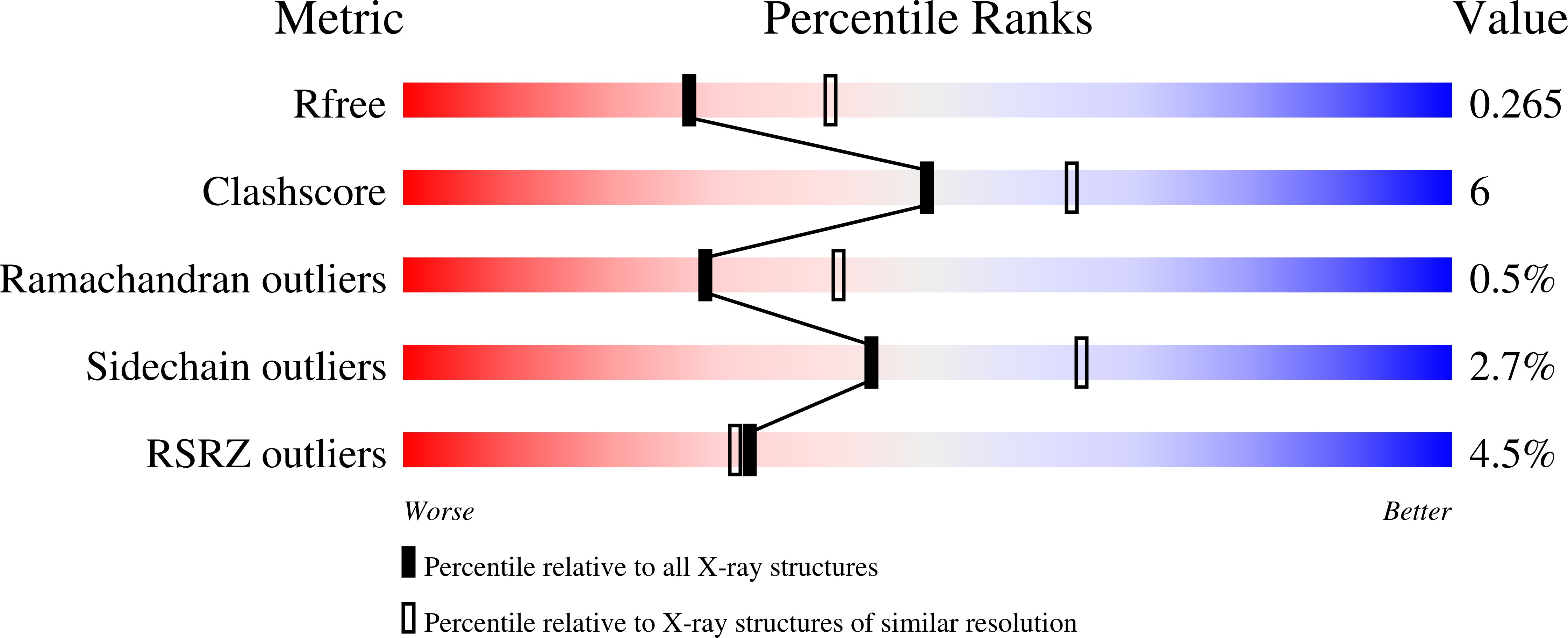
Deposition Date
2020-11-10
Release Date
2021-05-05
Last Version Date
2024-11-06
Method Details:
Experimental Method:
Resolution:
2.40 Å
R-Value Free:
0.26
R-Value Work:
0.18
R-Value Observed:
0.19
Space Group:
P 21 21 21


